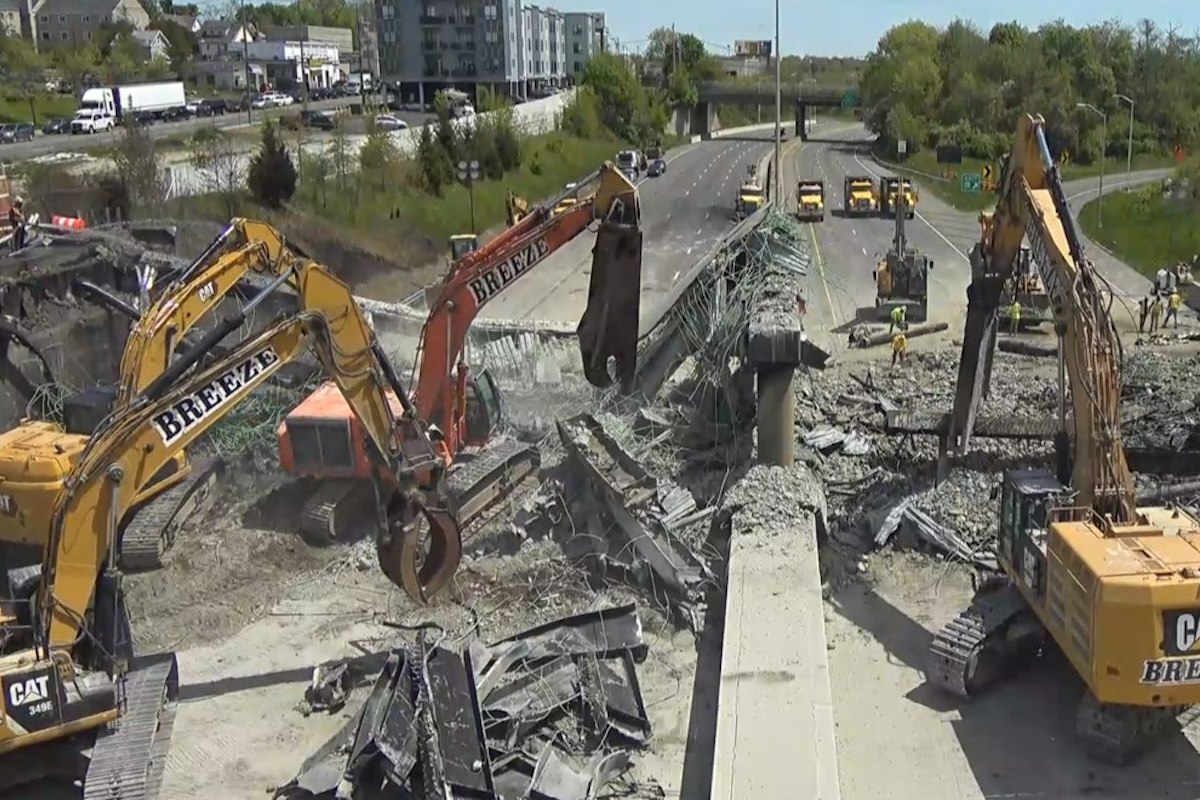PORTLAND, ME — The Maine Section of the American Society of Civil Engineers (ASCE) releases the 2024 Report Card for Maine’s Infrastructure. It includes 16 categories of infrastructure that received an overall C grade. That is a one-step increase from the 2020 Report Card for Maine’s Infrastructure and one step higher than the national average on the 2021 Report Card for America’s Infrastructure. A C grade means Maine’s infrastructure is in fair condition and will require attention to ensure it remains reliable in the future.
Of the 16 categories, six (hazardous waste, rail, roads, schools, stormwater, and solid waste) saw grade increases, while three (bridges, energy, and levees) saw grade decreases compared to the 2020 report card.
In this year's report card, roads saw a two-step grade increase from a D to a C-. Over the last decade, the state has seen substantial improvements in pavement conditions, with 74 percent of state highways in good or excellent condition compared to 60 percent in 2012. Maine has invested substantially in projects to improve roads and bridges across the state, with the Maine Department of Transportation’s 2024-2026 work plan including $4.74 billion in projects, an 83 percent increase over the 2020-2022 work plan. Much of the increased funding is due to state lawmakers creating new reliable funding sources for transportation projects to make up for the reduced purchasing power of the state’s fuel tax. One-time funding sources like the Infrastructure Investment and Jobs Act (IIJA) are also helping fund improvements to roads.
Maine’s bridges saw a one-step decrease to a D+ in the 2024 report card, compared to a C- in 2020. One out of every seven bridges are in poor condition, and more than half of the bridges in the state are more than 50 years old, which is the designed service life for most bridges. Between 2010 and 2020, Maine made substantial progress in reducing the number of bridges in poor condition. However, many aging bridges in the state have gone from fair to poor condition in recent years, which has reversed that progress. In addition to this, recent severe weather events and storms have damaged parts of the state’s transportation infrastructure. While increased funding for transportation from state and federal sources has the potential to improve the conditions of bridges across the state, those projects are in the design and construction process and are not reflected in current condition data.
While Maine’s drinking water grade remained stable at a C-, aging infrastructure and new regulations on the levels of "forever chemicals" (PFAs) in water will put pressure on utility systems that rely heavily on user fees and have limited budgets to upgrade their facilities. Water systems in Maine are not meeting their goal to replace 1 percent of water service lines each year. Maine has approximately $60 million in annual drinking water needs for the next 20 years, with an estimated annual shortfall of $27 million. Those funding numbers are expected to increase as water systems comply with new federal regulations, which will limit the levels of PFAs in drinking water. Wastewater (C-) and stormwater (C) systems in Maine both saw a one-step grade increase in the 2024 report card. While increased funding for these systems has helped make needed improvements, there are still potential problems ahead, including many wastewater and stormwater systems nearing the age of their projected lifespans, which will require extensive improvements to ensure they remain reliable and resilient for the future.

| Your local Wirtgen America dealer |
|---|
| United Construction & Forestry |
| WI Clark |
Maine’s energy grade dropped two steps to a C- in this year’s report card. The state’s energy systems need approximately $2 billion in work to meet current needs. Like most states, Maine is dealing with increasing energy demand caused by more heat pumps used to heat homes and businesses and electric vehicle charging. While new renewable energy sources are coming online, demand is growing faster than the development of new plants. Additionally, power plants built during the 1970s and 1980s are reaching the end of their service life and will need to be replaced. As Maine builds an energy grid for the future, resilience and reliability must be a top priority because Maine is third in the nation in terms of both the frequency and duration of power outages.





































































